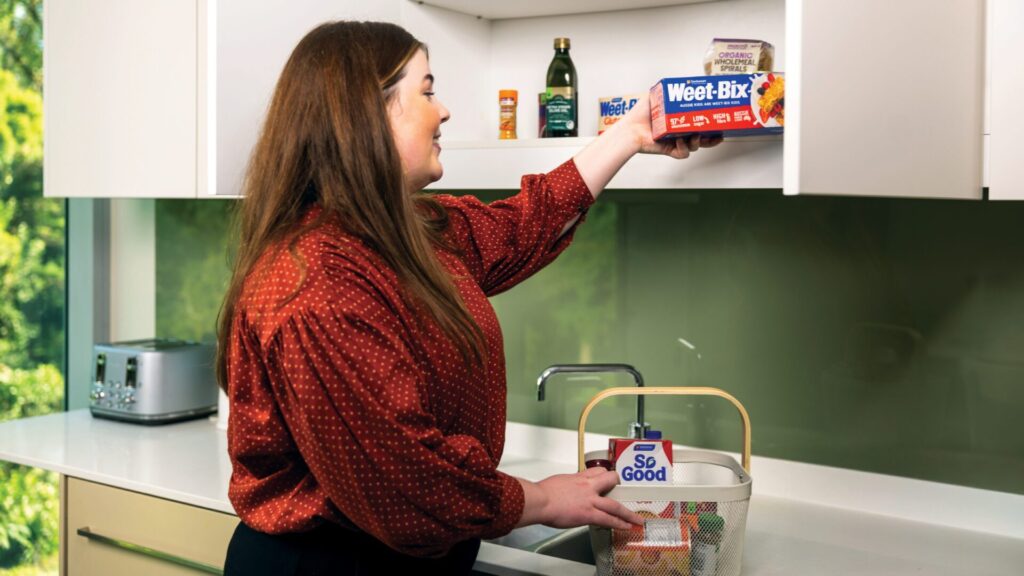Diet is one of the most significant tools in managing diabetes and blood sugar levels. A recent review of 29 trials, involving more than 1600 people with type 1 or 2 diabetes, found a low GI (Glycemic Index) diet helped to control blood sugar levels, and showed small but important improvements in risk factors for heart disease, such as weight, cholesterol and inflammation.
So, what is GI?
Our bodies need carbs to fuel our brains, muscle and organs, as well as maintaining energy levels throughout the day. But not all carbs are created equal. Carbs can be found in everything from sugary pastries to fresh fruit and plenty in between. The key is to focus on choosing quality carb foods, like those containing wholegrains and/or are high in fibre.
Being aware of the GI of a food can also help you to choose quality carbs. GI ranks how quickly the carbs are broken down into glucose and absorbed into our bloodstream. Foods are given a GI ranking from 1-100.Researchers have found that low GI foods, including fruits, veggies, many pulses and wholegrains, could help keep blood sugar levels steady and reduce the risk of heart disease in people with diabetes.
Carbs ranked 0-55 are considered low GI. These are generally fresh fruit and veggies, wholegrains and legumes. Low GI foods release glucose slowly and steadily, creating a gentle rise in blood sugar levels. As well as providing sustained energy, this helps to regulate appetite, reduce sugar cravings, maintain a healthy weight and improve focus and concentration.
High GI foods cause blood sugar levels to spike and then crash, leading to a slump in energy and increased tiredness that could well have you looking for more food. Foods that are more processed or contain higher amounts of added sugars tend to have a high GI (a ranking between 70 and 100).
Top tips for eating low GI
Embrace wholegrains—Wholegrain foods not only contain more fibre and other important nutrients than refined grains, they also tend to have a lower GI. When it comes to choosing bread try swapping white for grainier varieties, like wholegrain or multigrain.
Perfect pairs—It’s the overall mix of nutrients that determines the GI. So pairing carbs with protein, extra fibre or healthy fats can lower the GI of your meal, such as spreading peanut butter on a slice of wholegrain bread or adding milk to wholegrain cereal.
The longer the better for rice—Swap short or medium-grain rice for a long-grain variety, such as basmati, to drop the GI. Pearl couscous, quinoa, buckwheat, freekeh, semolina and pearl barley are also great low GI options.
Don’t overcook food—When it comes to cooking, less is more. Overcooking food can cause it to break down, making it easier to digest and upping its GI. For example, spaghetti cooked al-dente has a lower GI than if you cook it for longer.
Overall, sticking to plenty of fresh wholefoods will have you on track to eating lower GI. For more information and research references check out the full article on our website.






